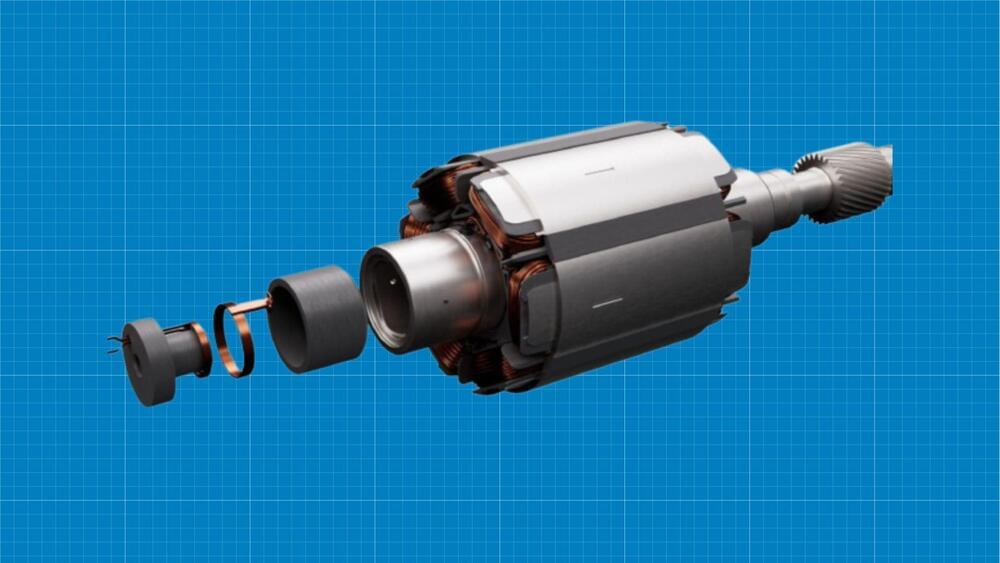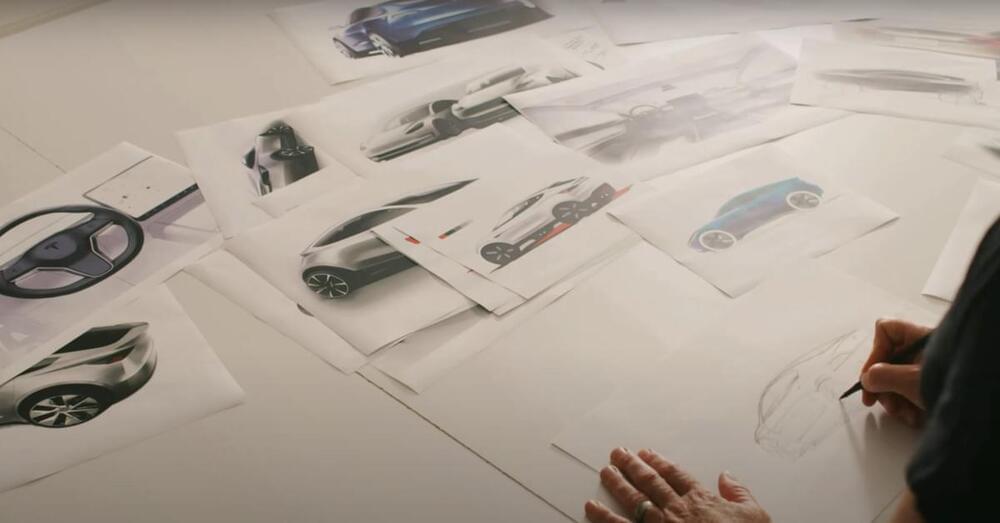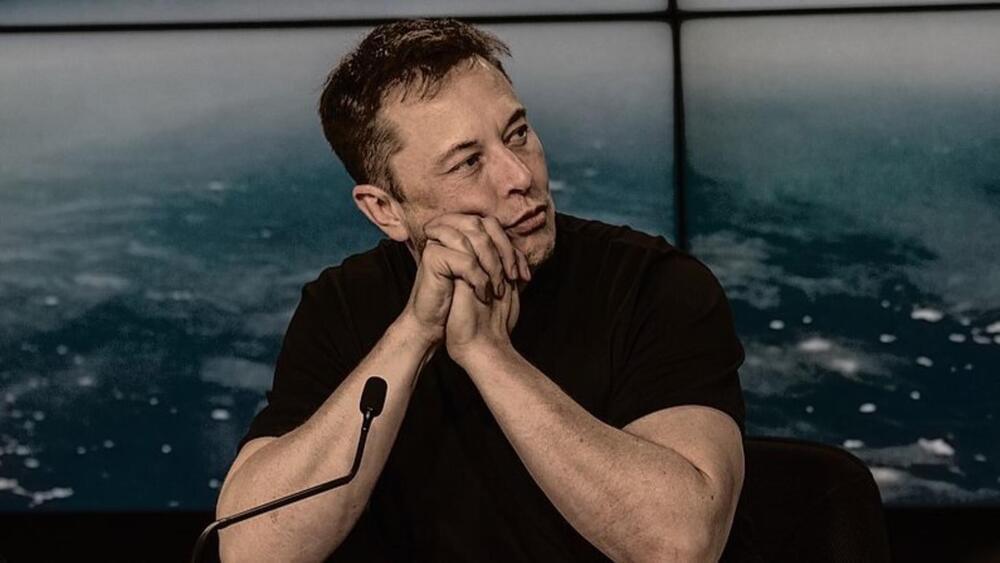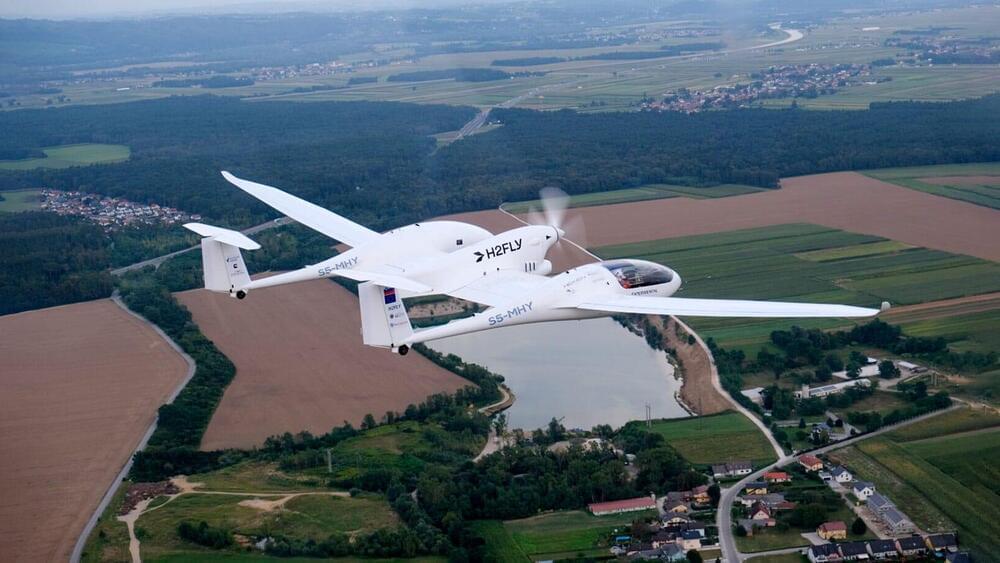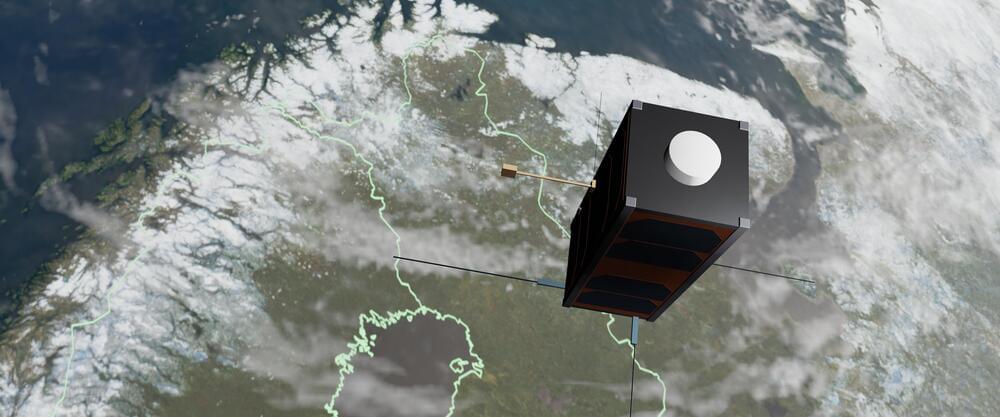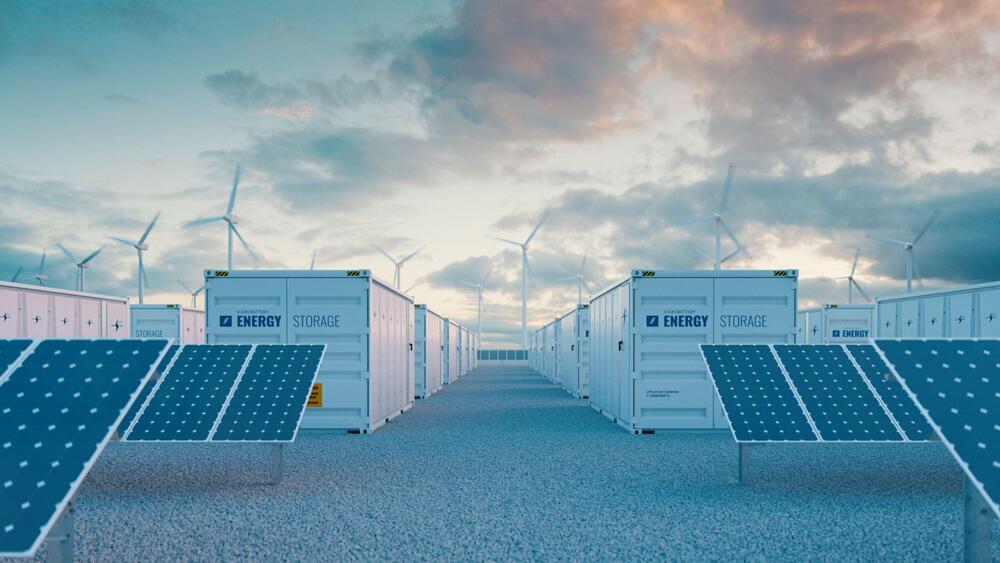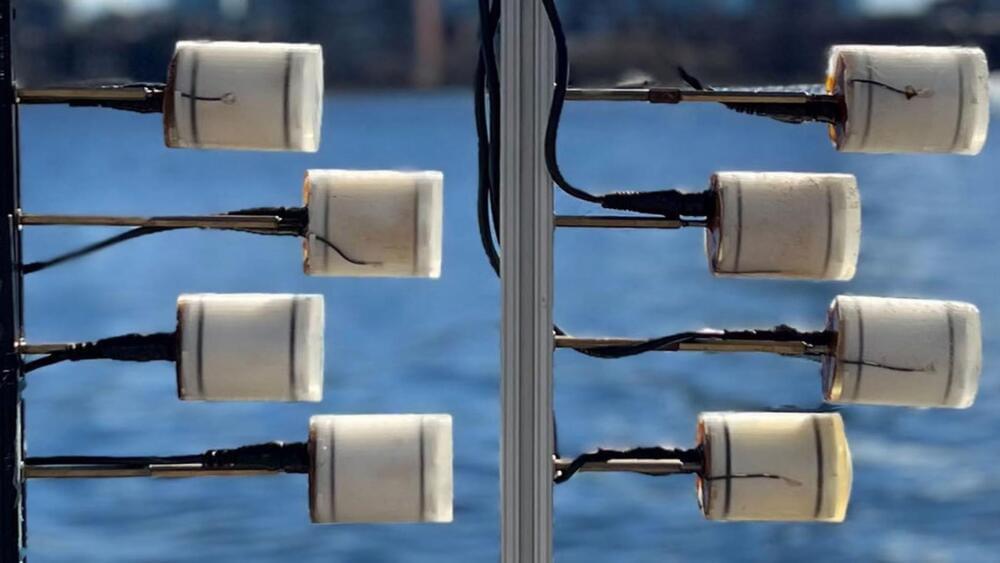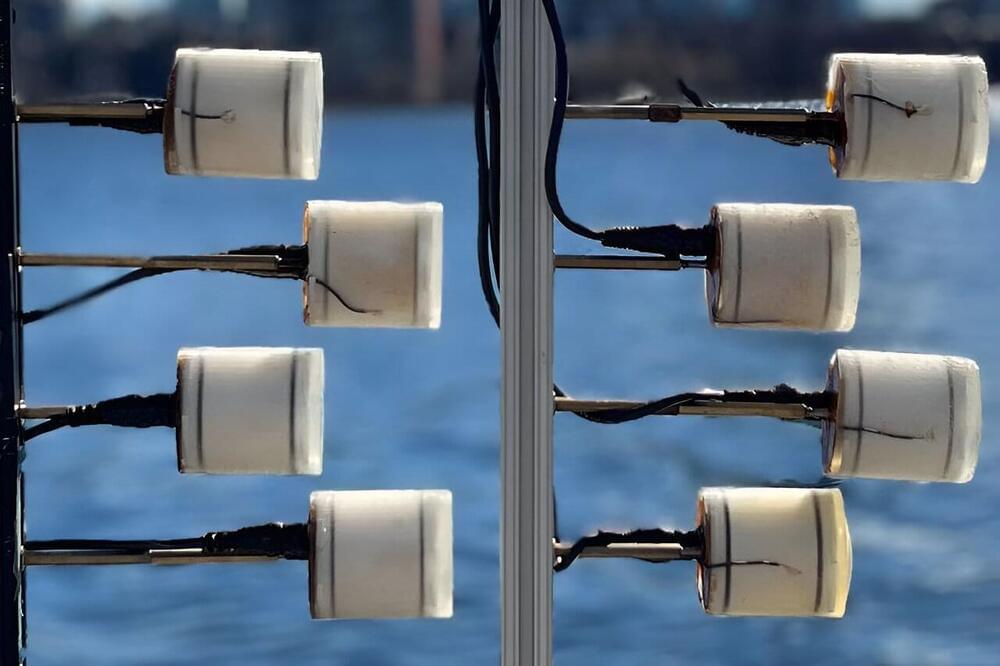
MIT researchers have demonstrated the first system for ultra-low-power underwater networking and communication, which can transmit signals across kilometer-scale distances.
This technique, which the researchers began developing several years ago, uses about one-millionth the power that existing underwater communication methods use. By expanding their battery-free system’s communication range, the researchers have made the technology more feasible for applications such as aquaculture, coastal hurricane prediction, and climate change modeling.
“What started as a very exciting intellectual idea a few years ago—underwater communication with a million times lower power—is now practical and realistic. There are still a few interesting technical challenges to address, but there is a clear path from where we are now to deployment,” says Fadel Adib, associate professor in the Department of Electrical Engineering and Computer Science and director of the Signal Kinetics group in the MIT Media Lab.
